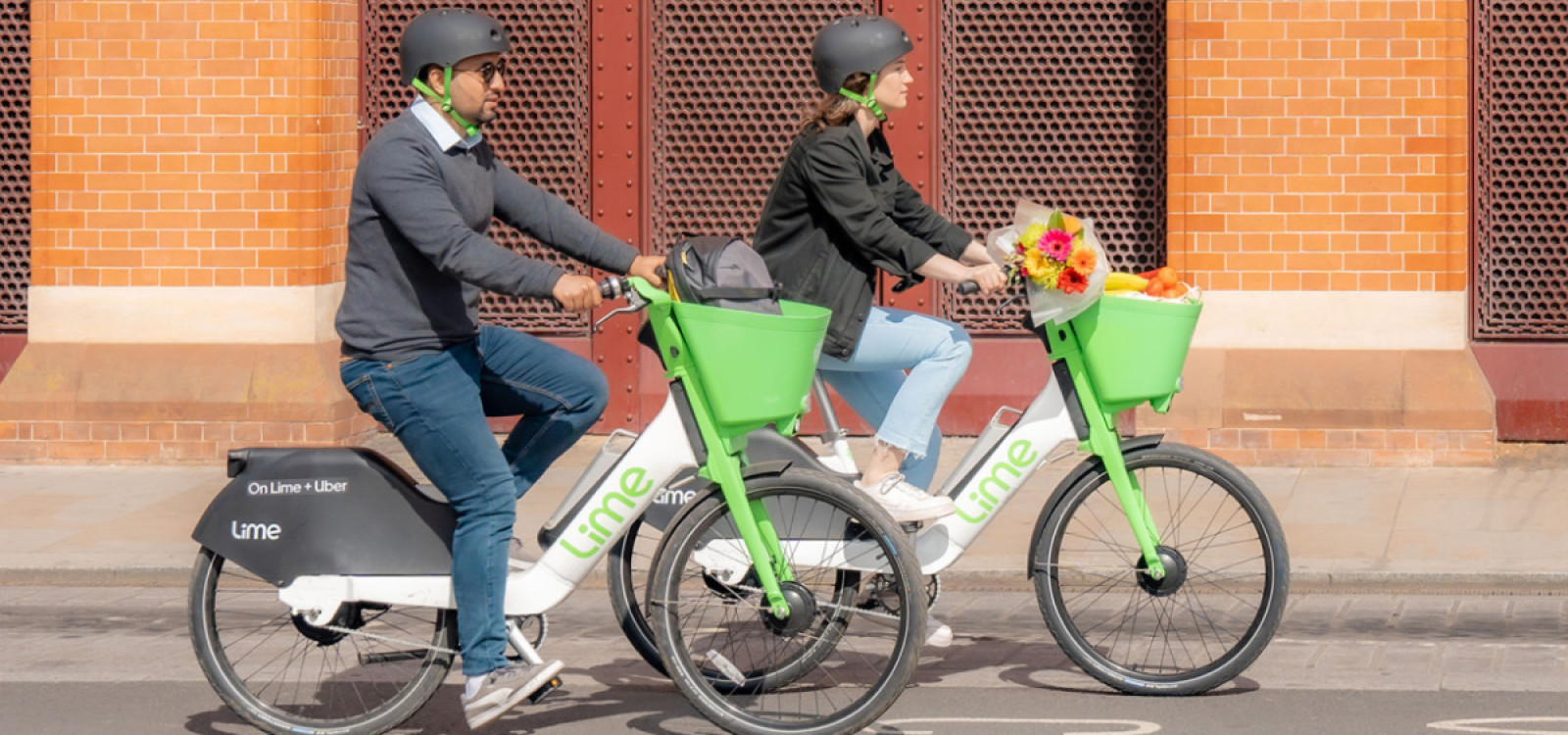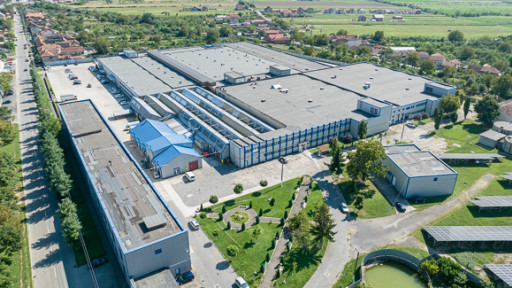From city commuters to on-road adventurers, the world of cycling is undergoing rapid transformation.

With growing interest across diverse rider groups and new forms of cycling gaining ground, the sport is evolving far beyond its traditional roots.
Cycling is a sport which continues to grow in popularity worldwide, driven by a range of factors, from environmental awareness, to fitness and commuter needs. We’ve previously explored the current status of the sport, as we looked at how the manufacturer Sportstex have adapted to the current cycling market, covering everything from gravel cycling, through to road, commuter and mountain biking.
As we look forward to what’s next for the cycling market, it’s important to take note of the growing value of the cycling market, which is predicted to reach a value of over $100 billion by 2030, up from $60 billion in 2022, showing a staggering annual growth rate of 6-7%. Beyond value, participation in the sport is also on the rise, in part due to increased accessibility to cycling, with cities such as London reporting over 1.3 million journeys a day.
As we previously explored, among the current most popular types of cycling are road cycling, mountain biking, gravel cycling and commuter cycling. Road cycling remains a staple for fitness and community, while mountain biking and gravel appeals to those seeking adventure on more rugged terrains. When it comes to looking at the future of cycling, and what’s next, we’re tracking a huge uptick in e-biking, bikepacking and cargo bikes, as well as a more inclusive angle. Below, we explore these emerging trends, what's behind their growth and how brands might cater to them.
E-biking
E-biking is becoming one of the fastest-growing segments in the cycling industry, driven by technology and lifestyle changes, from advances in battery technology, sustainability goals, to evolving commuter habits. Globally, the e-bike market is on track to grow from a value of $48 billion in 2024, and projected to hit a value of over $70 billion by 2028. The growth of E-bikes offer wider appeal, by making cycling more accessible, particularly for urban commuters seeking an alternative to cars and public transport timetables. In cities like London, e-bike usage is rising steadily, supported by growing infrastructure and incentives, with companies like Lime and Forest Bikes dominating the pay per ride market. In addition, shared e-bike schemes are expanding across Europe and Asia, contributing to greater uptake of the sport in general. As concerns over emissions, congestion, and public health continue to grow, e-biking is positioned to play a vital role in the future of sustainable transport.
Bikepacking
For the more adventurous cyclist, Bikepacking, a hybrid of cycling and stripped back camping, has been rapidly gaining traction as adventure tourism in general continues to expand. The overall global bikepacking bikes market is expected to grow by 6%, reaching a value of almost $90 million by 2033. Behind the trend is an overall shift to outdoor focused and sustainable travel, as tourists shun flying in favour of slower, and more conscious, modes of exploration. In turn, demand for bikes, and kit, that can handle mixed terrain is growing, as consumers seek further connection with nature. The rise of gravel bikes, that we previously explored, is closely linked, with them dominating much of the bikepacking segment thanks to their adaptability.To reflect this rise in off-road adventure, manufacturers such as Sportstex are responding with lighter gear, while bikes are offering improved frame durability.
Freight and Cargo Cycling
A slightly unexpected, but no less important, area of growth is the rise in freight and cargo bikes, which are fast becoming a major growth segment in urban logistics, while remaining a key option for family commuting. Driven by sustainability goals, congestion, and the last‑mile delivery challenge, in London alone, commercial cargo bike usage rose dramatically: from about 4,900 in 2022 to nearly 7,000 in 2023, a 42% jump. Projections suggest that cargo bikes could replace up to 17% of van kilometres in central London by 2030, while globally the cargo bicycle market is set to increase by about 25% by 2028. These shifts suggest that cargo bikes are no longer just niche, but are scaling rapidly in both commercial and consumer sectors, bringing with them their own set of kit and clothing requirements.
Adaptive & Inclusive Cycling
Within the broader cycling landscape, adaptive & inclusive cycling is a growing area, aiming to make cycling accessible to people with disabilities or special mobility needs. In the UK, British Cycling has taken a leading role with its Limitless programme, which partners with adaptive cycle manufacturers like ICE Trikes to provide suitable equipment and inclusive opportunities. Since its launch, over 1,200 participants have taken part in activities through affiliated clubs, reflecting both growing demand and strong institutional support. This initiative addresses key barriers, such as equipment cost, accessibility, and perception, in turn helping to close the gap in cycling participation across different physical abilities. The programme also complements broader efforts to make active travel more inclusive nationwide. As adaptive cycling becomes more visible and supported, it’s expected to grow further, driven by social inclusion policies, funding for accessible sport, and innovations in adaptive bike design. British Cycling’s leadership sets an important precedent for wider adoption, while in regions like Japan and South Korea aging populations, growing wellness trends, and rising awareness of mobility inclusion are driving interest.
What does this mean for cycling gear?
As cycling diversifies and becomes more inclusive, the demands on cycling clothing are evolving rapidly, as apparel needs to serve a broader audience with varied needs. Riders tackling long-distance bikepacking or urban deliveries require lightweight, durable gear suited to changing environments, while inclusive cycling calls for adaptive fits, easy fastenings, and designs accommodating different body types or mobility devices. These trends signal a shift from traditional race-focused kit to more versatile, inclusive and functional apparel, presenting brands with an opportunity to innovate, and design with a wider cycling community in mind. Partnering with a manufacturer, such as Sportstex, who understands not just the technical know-how, but the growing consumer shifts is essential in catering to the growing, and diversifying market.
Image 1: Gestalten
Image 2: Lime



